Libraries
In January 2025, Bloc, the new bookshelf designed by Gaëlle Lauriot-Prévost and Dominique Perrault for Liaigre, officially joined our collections. This milestone offers an opportunity to revisit this emblematic piece of furniture, now a staple in modern interiors.
See details
In January 2025, Bloc, the new bookshelf designed by Gaëlle Lauriot-Prévost and Dominique Perrault for Liaigre, officially joined our collections. This milestone offers an opportunity to revisit this emblematic piece of furniture, now a staple in modern interiors.
Close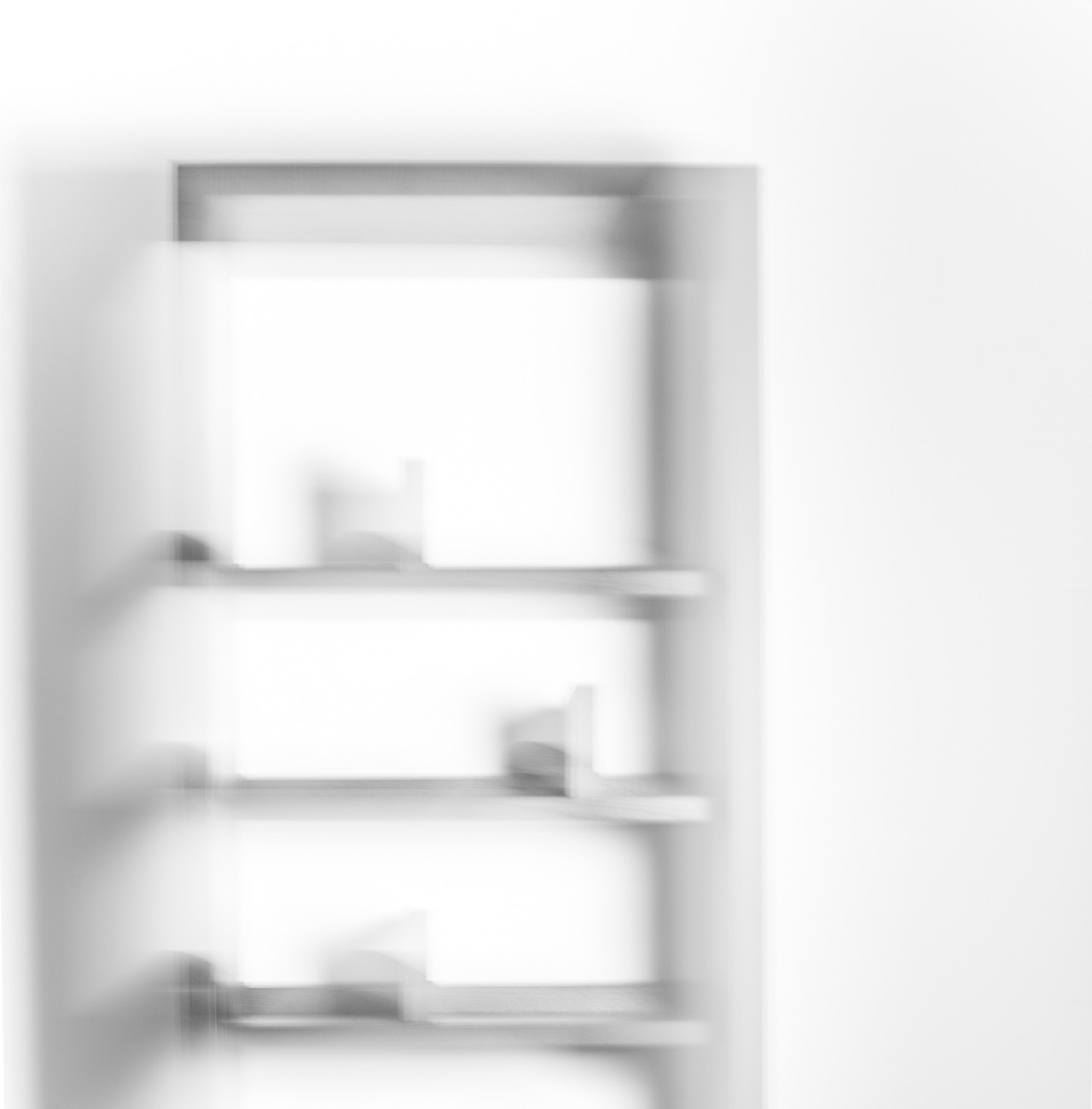
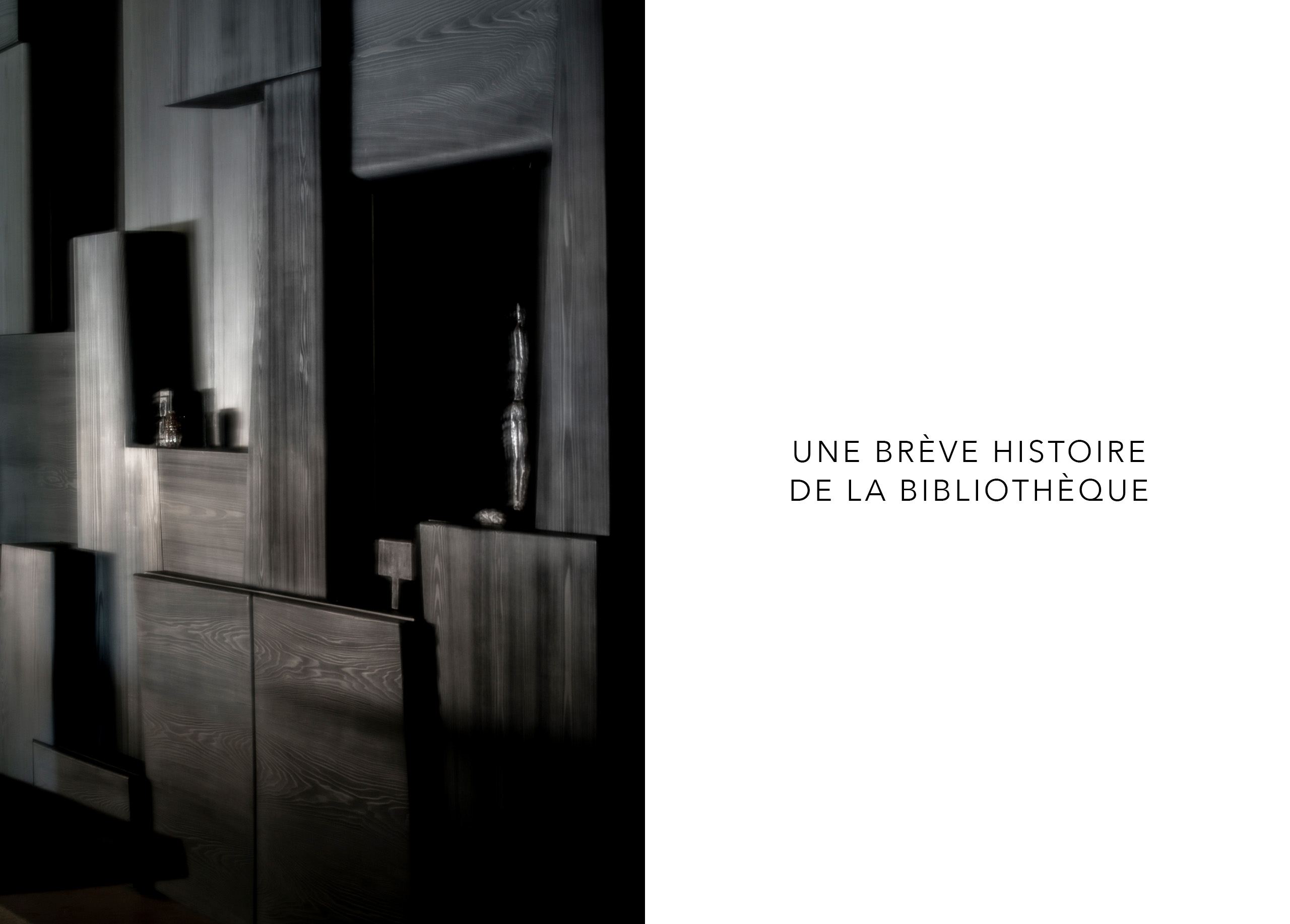
The word library, translated from the Greek and later Latin bibliotheca, originally means “book repository.” The furniture we now refer to as a library evolved from aulmares, liturgical cabinets often built into the walls of religious buildings to store books. When not integrated into the architecture, the aulmares took the form of wooden chests designed to preserve and transport precious manuscripts. However, as the number of manuscripts in monasteries continued to grow, this storage solution evolved into library cabinets equipped with perforated panels (shelves). The medievalist architect Viollet-le-Duc attributes the appearance of this type of furniture to the reign of King Charles V (14th century). With Gutenberg’s invention of the printing press in 1440, books became more widely available and proliferated.
The need to store growing collections of manuscripts and printed works became essential. As with any innovation in furniture or design, necessity and function drove the creation of the object. The term library can refer to an architectural arrangement—dedicated rooms or spaces, like the early university libraries (e.g., Oxford’s Bodleian Library in the 16th century)—or to furniture designed for book storage. These pieces vary in form: low cabinets, tall cabinets, two-section furniture with deeper lower compartments for large-format books, and upper shelves with open panels, sometimes protected by grills or glass. Here, our focus is primarily on the library as a piece of furniture.
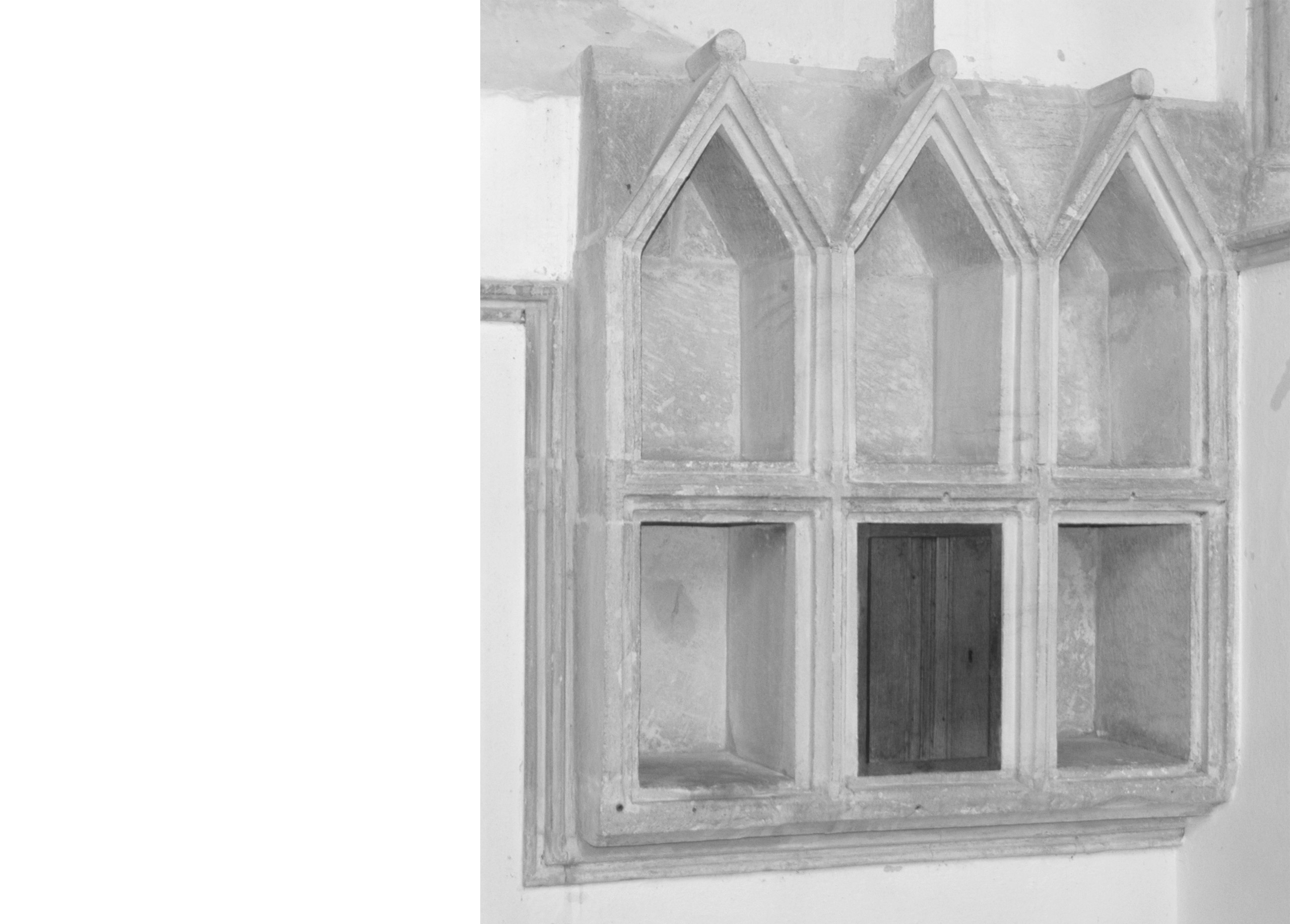
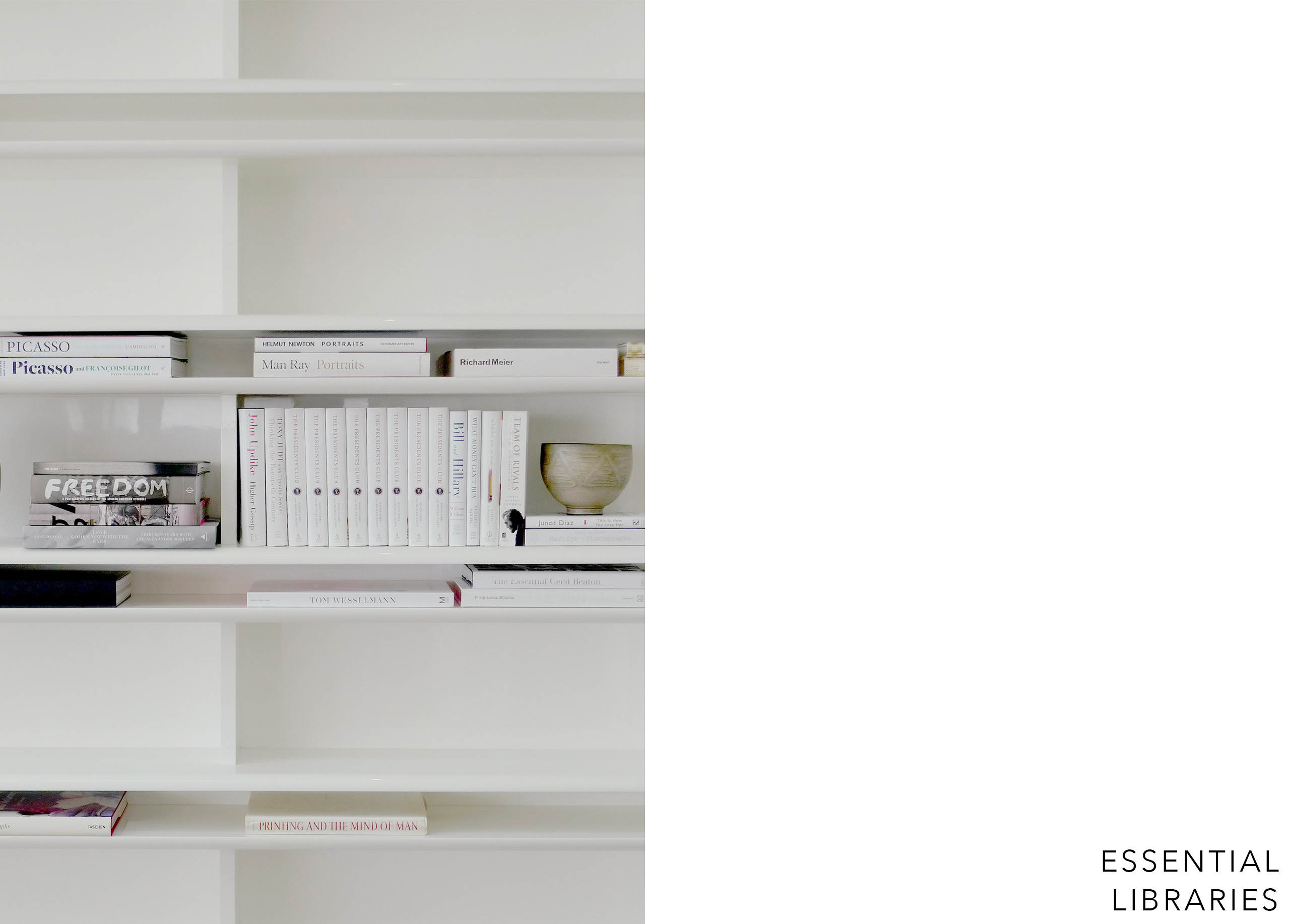
Whether one wants to store a large collection of books or alternate books with decorative objects, the library is a must-have piece of furniture in any interior. Found in living rooms, bedrooms, offices, entryways, attic reading nooks, or dedicated rooms. Most interiors feature at least one, if not several, of these pieces. The Varenne library, the first in a series of models, remains a staple in the Liaigre showroom on Faubourg Saint-Honoré. This piece was originally showcased in Christian Liaigre’s first showroom on Rue de Varenne. Books held such importance for Christian Liaigre that, for a long time, the brand chose to communicate exclusively through monographs that revealed both the studio’s projects and its unique approach to decoration. Today, books continue to hold a prominent place at Liaigre, serving as an inexhaustible source of inspiration and documentation for the studio. For the Liaigre team, books and their storage are an independent subject of reflection, as evidenced by the numerous library models in their collections—most of which were initially conceived for specific projects.
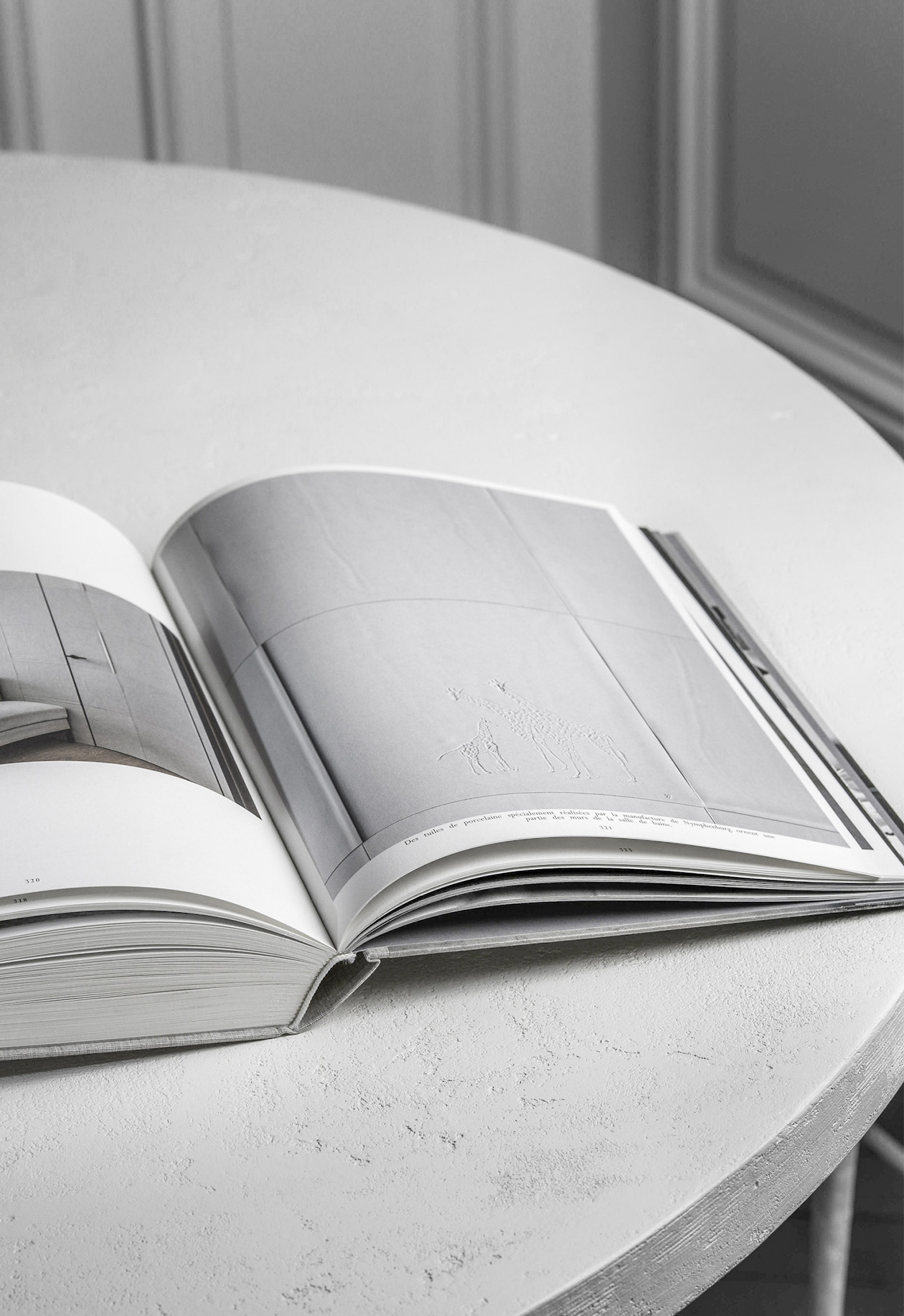
Models like Galet, Baccala, Saigon, Alta, Éditeur, Lemon, Liberati, Sandragon, and Belvédère have gradually enriched the catalog, offering numerous variations. Open libraries that serve as room dividers or are placed along walls, large glass-fronted cabinets protecting books and objects while creating a display effect—these libraries adapt to different uses and spaces in the home, varying in height, width, and visual impact.
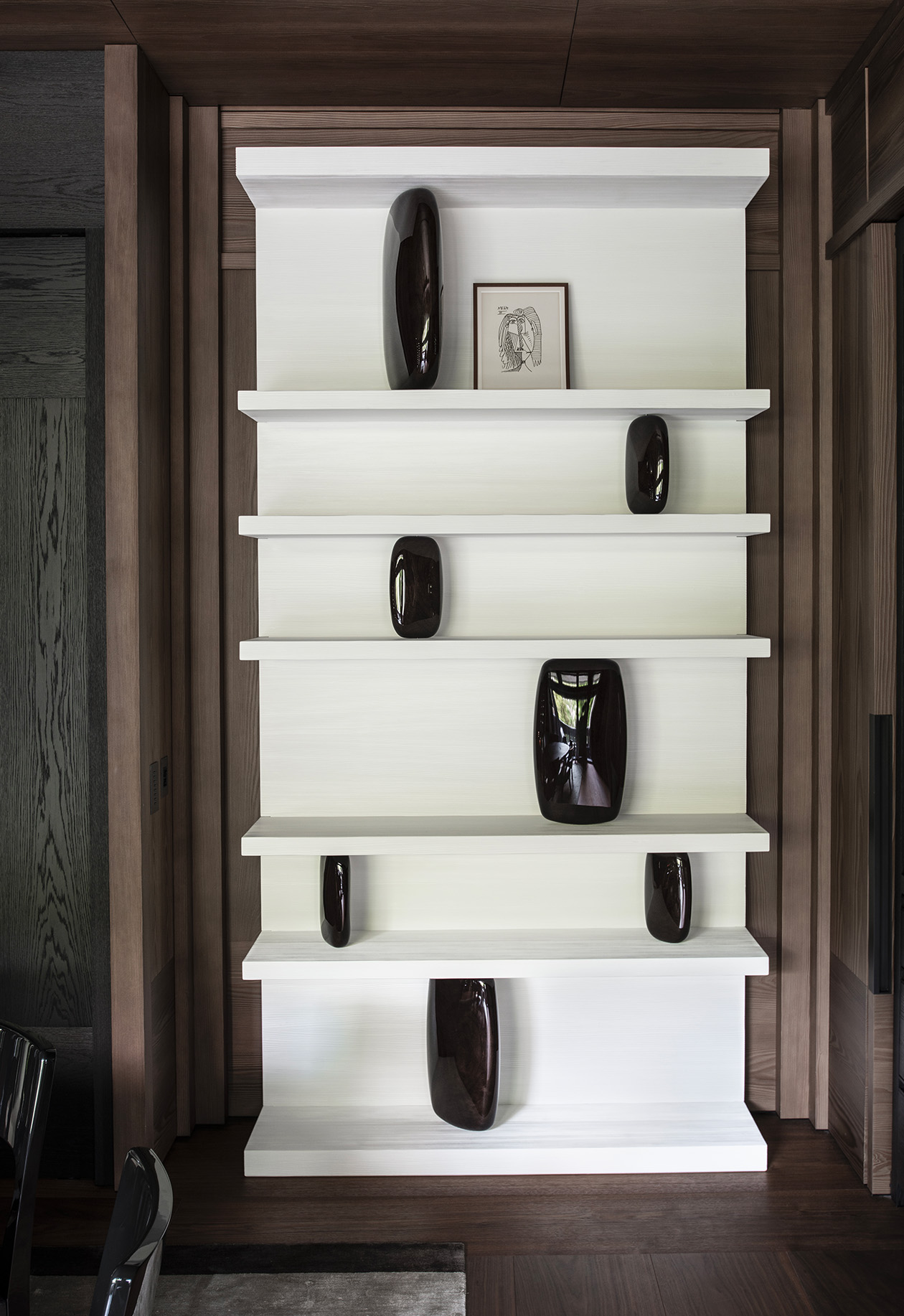
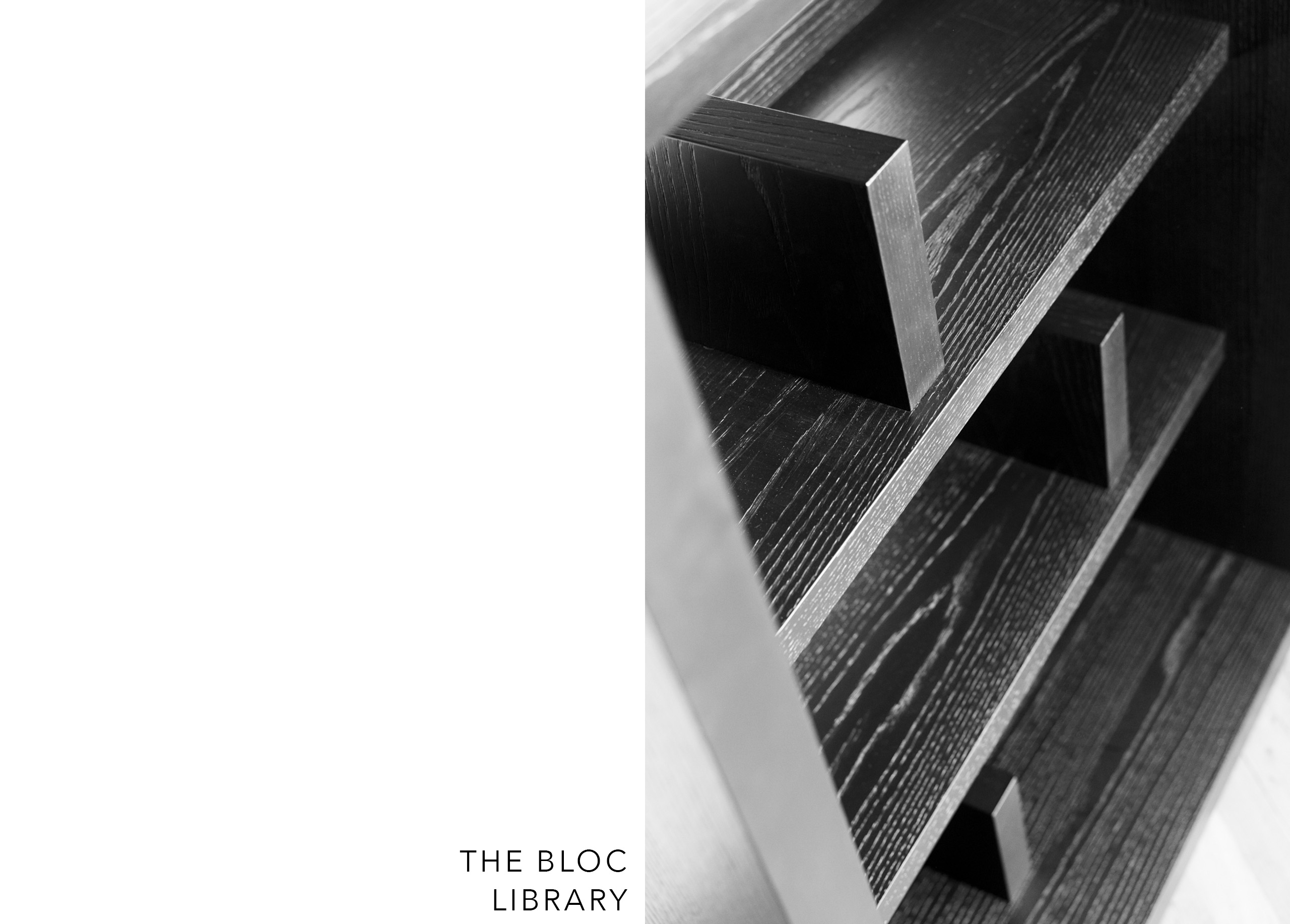
Gaëlle Lauriot-Prévost, Dominique Perrault, and Studio Liaigre collaborated on the creation of the Bloc library, now a part of the Liaigre catalog. This design extends the concept of furniture originally created in 1995 for the Bibliothèque Nationale de France, adapting it to a domestic scale with modular components. The “book landscape” created by the imposing proportions of the National Library’s installations is reinterpreted here as a library designed to fit seamlessly into any interior. Its radically essential system and pure lines resonate with Liaigre’s aesthetic vocabulary, combining sustainable modernity with timeless design. Thanks to numerous customization options, Bloc offers near-infinite options for personalization, allowing users to alternate back panels, vary widths, and choose from different wood tones and finishes to compose their own unique library. This new design added to the Liaigre collection is already establishing itself as a major creation.
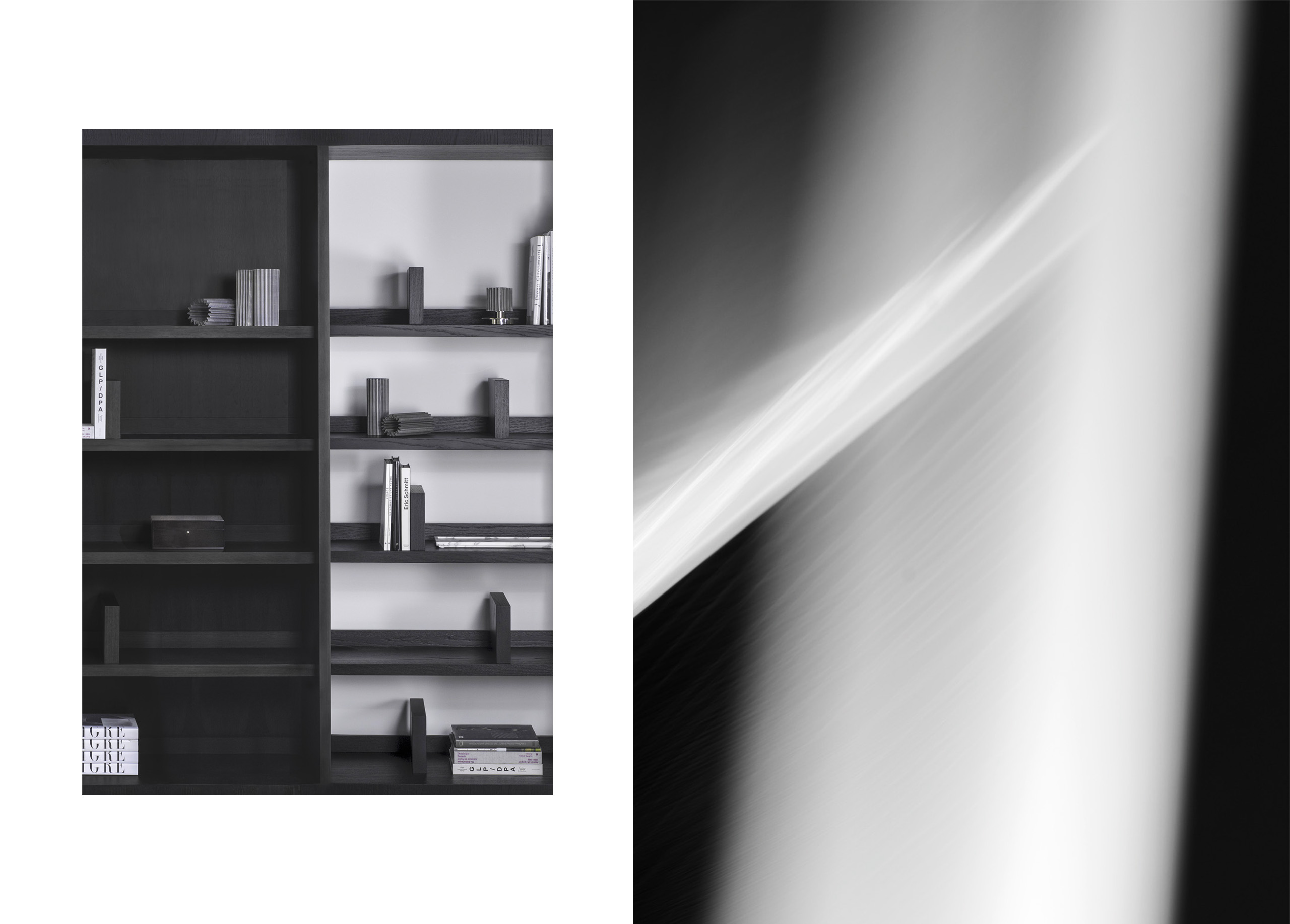
Discover other

Libraries

